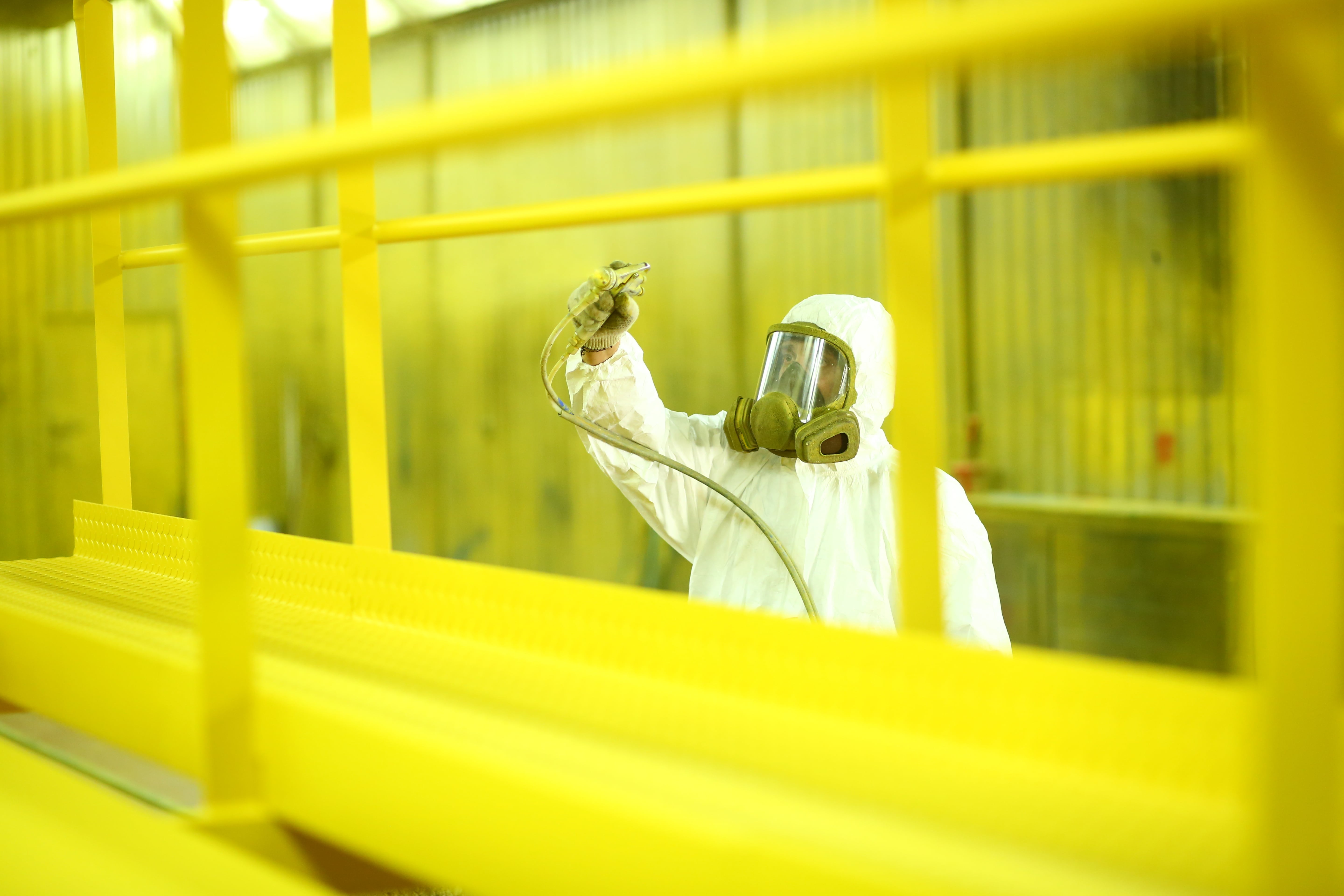Our Blog

Sign manufacturing is a specialised process that requires expertise across design, fabrication, printing, and finishing to produce custom, visually appealing signs that reinforce a brand. This article will take you through the end-to-end manufacturing process used by leading UK sign manufacturers to create durable, high-impact business signage.
Design And Conceptualisation
The starting point is always gaining a deep understanding of your objectives, brand identity, target audiences, and the overall purpose of the sign. Skilled designers will work closely with you to conceptualise design ideas aligned with your brand vision.
Initial concepts focus on visual elements like graphics, fonts, colours, and layouts that communicate your brand effectively. The designers will use digital tools like Photoshop, Illustrator, and CAD software to create engaging digital renderings, 3D models, and physical mock-ups for you to review and provide feedback before finalising the design.
Prototype And Sample
Once a design is finalised, you really need to see the design in its reality, touching and feeling the finished concept puts everyone’s mind at ease. In addition, this is the opportunity to fine-tune the concept.
Material Selection
Once the design direction is approved, the next step is choosing the right materials. The material impacts important factors like overall weight, durability, cost, and appearance, as well as the practicalities of installation and maintenance. Metals like aluminium and steel are extremely durable but heavier and more expensive, while plastics, acrylics, PVC, and wood provide lighter, economical options.
The location of the sign also influences material selection. Indoor signs allow more flexibility compared to signs meant for outdoor use, which require weather-resistant materials. A custom sign manufacturer will have the expertise to recommend the ideal materials to suit your specific needs and location, so get in touch if you are unsure.
Fabrication
This phase transforms the raw materials into the actual sign structure. At workshop-based fabrication methods like CNC machining, laser cutting, routing, bending, and welding are used to precisely cut, shape, and join the materials according to the sign design, simplifying the installation process on-site.
Modern technologies like CNC (Computer Numeric Controlled) enable a high degree of automation, precision, and consistency during the fabrication process, as well as shortening production time. The outcome is the core sign framework ready for adding graphics and finishing.
Graphics And Printing
Graphics, logos, text, and other design elements are added to the sign surface at this stage. Digital printing provides photo-quality imagery for indoor signs, and screen printing is commonly used for weatherproof outdoor signs. Special UV flatbed printers now allow printing directly onto 3D surfaces, and vinyl graphics and cut-out letters are also popular for versatility and easy application.
Finishing And Surface Treatment
The sign then undergoes additional finishing steps to enhance its appearance and durability. This might include sanding, smoothing, painting, and applying protective laminates or powder coating for extra durability. Clear protective coatings make the sign resistant to sun damage and environmental factors, extending the life of outdoor signage and window displays. The finishing process can also create any desired textual effects like brushed metal or a high-gloss look, without you having to invest in premium materials.
Electrical Components
For illuminated signs, the necessary lighting components like LED modules, neon tubes, light boxes, or fluorescent-effect lighting (actual fluorescent lamps are now mostly illegal in the UK) are integrated during fabrication and finishing. Programmable LEDs allow dynamic lighting effects and changing colours that can replicate a wide range of traditional and contemporary advertising styles, from cool minimalism to the gaudy bright lights of 1970s Piccadilly Circus. The sign makers handle the entire electrical installation and wiring in compliance with safety standards.
Choose The Right Signage Strategy With The Help Of An Experienced Custom Sign Manufacturer
With multiple options for shapes, sizes, materials, and lighting available, selecting the right sign type can seem confusing. Download the Image Techniques guide, How To Pick The Best Signs For Your Business, for useful tips on choosing signage that meets your needs and fits your budget, or get in touch for us today.



